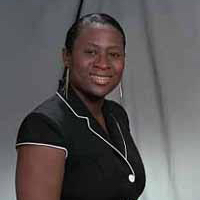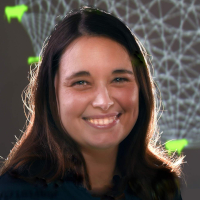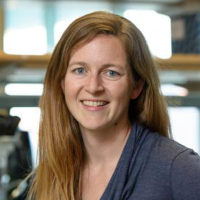Miranda Teboh-Ewungkem (Lehigh University, Mathematics)
ZoomUsing Mathematics to Unravel Mosquito Behavioral Dynamics that Capacitates Malaria Parasite Success in a Human-Mosquito Built Environment Many bottlenecks can hamper a successful malaria parasite transmission from one human to another. For example, a successful transmission of the parasite from humans to mosquitoes and back to humans requires that a susceptible feeding female mosquito successfully …









